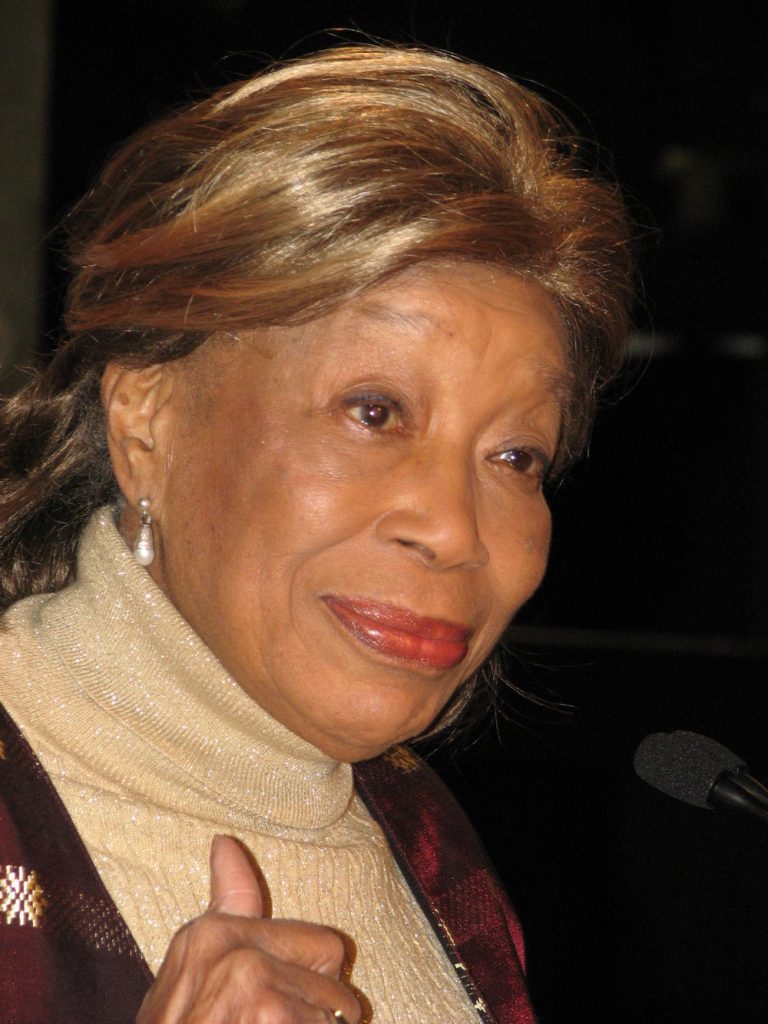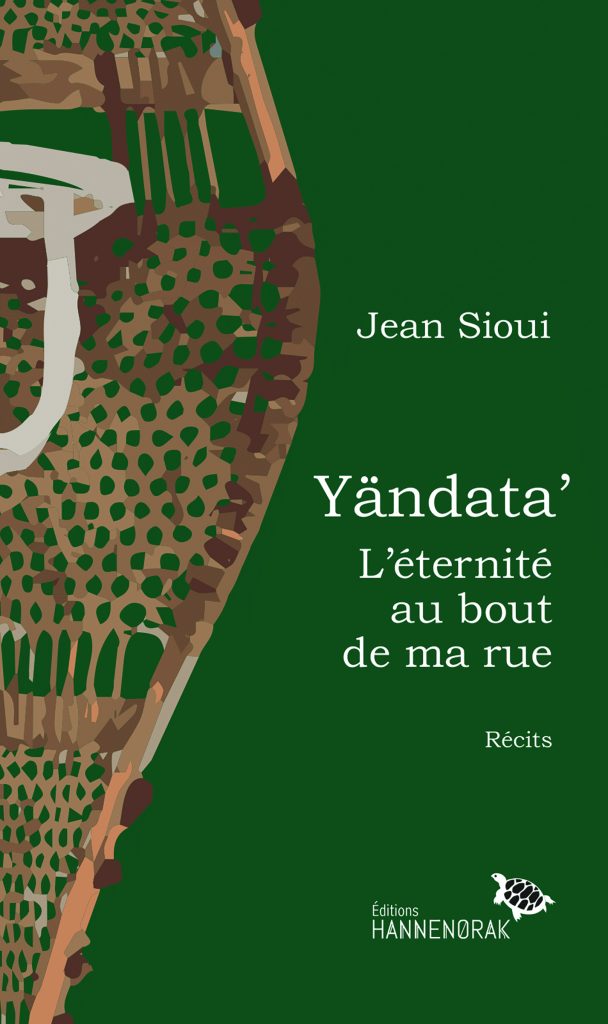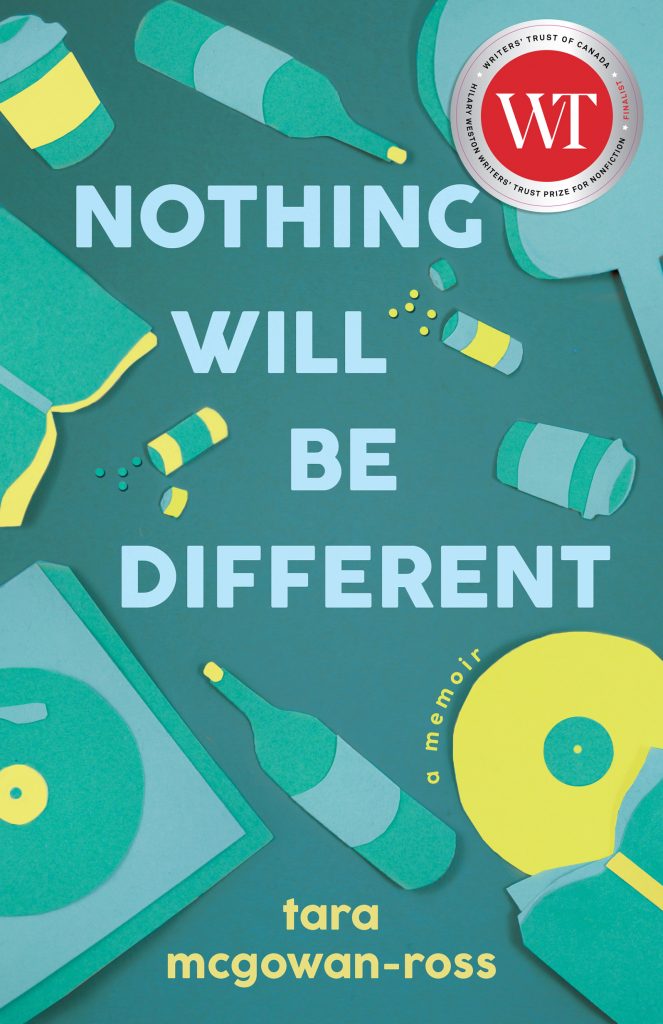
Publication
Extraits
- “[W]hy is it so easy to develop an inferiority complex when you’re from somewhere else?” (21)
- “‘It’s scandalous. Women are treated like chattel here in Quebec—and we’ll continue to be until we use our vote!’ ‘You have to accept it, Marion. It’s a man’s world,’ Edmond began to explain” (40).
- “Perhaps it’s because they’ve seen educated men refused jobs for which they were eligible. They’ve lost faith in education. Edmond, think of all the coloured men with trade skills or superior education who have to work, the way you do, on the railway or on the steamships, simply because this is a prejudiced society” (42–43).
Biographie
Mairuth Hodge Sarsfield served in a multitude of roles throughout her life. She was an activist, a diplomat, a journalist, a television personality, and a writer. Born in the Little Burgundy neighborhood of Montreal, Quebec, Sarsfield was educated in Canada, the US, and Ghana. Her first novel was titled I Could Have Murdered Margaret Mead. The geographical location of Little Burgundy influenced her as a writer and appears in her second novel, No Crystal Stair, an autobiographical novel set during and after World War II. The book returned to public imagination in 2005 when it was nominated for CBC’s Canada Reads. Sarsfield was awarded numerous honours, including the Order of Quebec in 1986. For No Crystal Stair, Sarsfield received the first literary award instituted by the National Congress of Black Women.

Résumé
No Crystal Stair is a 1997 novel by the Canadian author Mairuth Sarsfield. The title of the novel draws from the Langston Hughes poem, “Mother to Son.” The line “Life for me ain’t been no crystal stair,” refers to the struggles faced by the mother in the poem. Sarsfield’s novel follows similar themes, outlining the struggles faced by people of colour in Montreal. Set in the Little Burgundy neighbourhood during the 1940s, the Second World War is a looming concern. The text introduces the readers to working-class life for people of colour in Montreal during wartime. The main protagonist is a widow named Marion Willow, who works multiple jobs so that she can raise her two daughters. As the narrative moves forward, readers are introduced to different people who Marion interacts with. Each of the characters reckon with discrimination, the overarching theme in the novel. Sarsfield has created characters with a rich history, each with their own struggles. Through their respective stories and interactions, Sarsfield is able to shed light on immigrants and minorities and their history and place in Canada.
Thèmes et sujets
cras aenean lorem ipsum dolor sit amet consectetur adipiscing elit praesent interdum dictum mi non egestas nulla in lacus sed sapien placerat malesuada at erat etiam id velit finibus viverra maecenas mattis volutpat justo vitae vestibulum metus lobortis mauris luctus leo feugiat nibh tincidunt a integer facilisis lacinia ligula ac suspendisse eleifend nunc nec pulvinar quisque ut semper auctor tortor mollis est tempor scelerisque venenatis quis ultrices tellus nisi phasellus aliquam molestie purus convallis cursus ex massa fusce felis fringilla faucibus varius ante primis orci et posuere cubilia curae proin ultricies hendrerit ornare augue pharetra dapibus nullam sollicitudin euismod eget pretium vulputate urna arcu porttitor quam condimentum consequat tempus hac habitasse platea dictumst sagittis gravida eu commodo dui lectus vivamus libero vel maximus pellentesque efficitur class aptent taciti sociosqu ad litora torquent per conubia nostra inceptos himenaeos fermentum turpis donec magna porta enim curabitur odio rhoncus blandit potenti sodales accumsan
vitae vestibulum metus lobortis mauris luctus leo feugiat nibh tincidunt a integer facilisis lacinia ligula ac suspendisse eleifend nunc nec pulvinar quisque ut semper auctor tortor mollis est tempor scelerisque
Thèmes – Enjeux
efficitur class aptent taciti sociosqu ad litora torquent per conubia nostra inceptos himenaeos fermentum turpis donec magna porta enim curabitur odio rhoncus blandit potenti sodales accumsan congue neque duis bibendum laoreet elementum suscipit diam vehicula eros nam imperdiet sem ullamcorper dignissim risus aliquet habitant morbi tristique senectus netus fames nisl iaculis cras aenean lorem ipsum dolor sit amet consectetur adipiscing elit praesent interdum dictum mi non egestas nulla in lacus sed sapien placerat malesuada at erat etiam id velit finibus viverra maecenas mattis volutpat justo vitae vestibulum metus lobortis mauris luctus leo feugiat nibh tincidunt a integer facilisis lacinia ligula ac suspendisse eleifend nunc nec pulvinar quisque ut semper auctor tortor mollis est tempor scelerisque venenatis quis ultrices tellus nisi phasellus aliquam molestie purus convallis cursus ex massa fusce felis fringilla faucibus varius ante primis orci et posuere cubilia curae proin ultricies hendrerit ornare augue pharetra dapibus nullam sollicitudin euismod
mauris luctus leo feugiat nibh tincidunt a integer facilisis lacinia ligula ac suspendisse eleifend nunc nec pulvinar quisque ut semper auctor tortor mollis est tempor scelerisque venenatis quis ultrices tellus
Style et esthétique
The novel is written in an everyday language; its sentences and descriptions are written in such a way that they match the ordinary lives being depicted. While most of the novel is written using standard English, Sarsfield attempts to capture differences in accents through language. For instance, Aunt Amelia’s speech stands out from that of other characters in the novel: “Don’ woof it down so! Them rooms upstairs can wait. Sides, Vashti Dobson in a eeevil mood. Ah don’t understand those Geechee wimmen” (10). By writing Amelia’s speech this way, Sarsfield conveys Amelia’s specific cadence and origins. Sarsfield also skilfully uses her characters to launch into historical exposition; this move is exemplified by Marion’s introduction in the text. The reader meets Marion while she is rushing to her job at the YMCA. As Marion meets different people at the Y, the reader is introduced to the larger community in the novel, for example, the West Indian community. Through Marion’s personal history, the reader is introduced to historical waves of Black migration. Characters such as Torrie also contribute to providing literary and historical context. For example, Torrie educates one of Marion’s daughters about the Harlem Renaissance. The historical exposition in the novel demonstrates the role of immigrant communities in constructing Canada as a nation. In this way, the novel blends the literary and the historical.
Ressources
- Cuder-Domínguez, Pilar. “The Racialization of Canadian History: African-Canadian Fiction, 1990–2005.” National Plots: Historical Fiction and Changing Ideas of Canada, edited by Cabajsky, Andrea and Brett Josef Grubisic. Wilfrid Laurier University Press, 2010, 113–129. See from page 119 for Sarsfield, specifically how her novel relates to the historical form of the sentimental novel.
- Godin, Barb. “Women of Interest—Mairuth Hodge Sarsfield.” The Voice. 11 February 2021, https://www.voicemagazine.org/2021/02/11/women-of-interest-mairuth-hodge-sarsfield/. Accessed 17 July 2023. This web page provides a brief biography of the author.
- Marrelli, Nancy. Stepping Out: The Golden Age of Montreal Night Clubs,1925–1955. Montreal, Véhicule Press, 2004. Since jazz is an important theme in No Crystal Stair, this collection of photographs provides more context to the setting of the novel.
- Siemerling, Winfried. The Black Atlantic Reconsidered: Black Canadian Writing, Cultural History, and the Presence of the Past. Montreal, McGill-Queen’s University Press, 2015. This book introduces the larger project of Black Canadian writing and discusses No Crystal Stair.
- Wegmann-Sánchez, Jessica. “Rewriting Race and Ethnicity across the Border: Mairuth Sarsfield’s No Crystal Stair and Nella Larsen’s Quicksand and Passing.” Essays on Canadian Writing, vol. 74, 2001, 136–66. This article is useful since passing is a theme in No Crystal Stair, specifically with respect to Marushka’s character.
Glossaire
Pullman Porters
Pullman Porters were men who worked as porters on sleeper cars on the railroad. An American engineer named George Pullman, who designed the Pullman sleeping car, employed formerly enslaved men as porters after the Civil War. In Canada, porters were employed by Canadian Pacific Railway. Porters assisted passengers on trains. Edmund and Otis are both porters 1 1 Oyeniran, Channon. “Sleeping Car Porters in Canada.” The Canadian Encyclopedia. 8 February 2019, https://www.thecanadianencyclopedia.ca/en/article/sleeping-car-porters-in-canada#:~:text=George%20Pullman%20modelled%20his%20train,model%20came%20along%20with%20it, Accessed 25 September 2023. .
Sohrab and Rustom
“Sohrab and Rustom” is a poem by Matthew Arnold that recounts a portion of the Shahnameh, a Persian epic poem. Arnold retells the part of the poem in which the Persian chieftain Sohrab mistakenly kills his son Rustom. Pippa recites lines from the poem to describe Trevor Wilson 2 2 Kuiper, Kathleen. “Sohrab and Rustom: Poem by Arnold.” Britannica. https://www.britannica.com/topic/Sohrab-and-Rustum, Accessed 25 September 2023. .
Victoria Day
Victoria Day is a Canadian federal public holiday established in 1845 to honour Queen Victoria. In No Crystal Stair, Victoria Day illustrates the difference between Quebec and the rest of Canada, with Maurice Vauchon flashing his bare bum to signal how he feels about the Queen 3 3 “Victoria Day.” Government of Canada. https://www.canada.ca/en/canadian-heritage/services/important-commemorative-days/victoria-day.html, Accessed 25 September 2023. .
Yoruba
The Yoruba are a West –African ethnic group who inhabit Benin, Nigeria, and Togo, with the majority of the population in Nigeria. The word Yoruba can also refer to the Yoruba language. Vashti Dobson asks Marion not to entangle herself with certain women in the community, since they know more tricks than “a Yoruba market woman” (15) 4 4 “Yoruba.” Britannica. https://www.britannica.com/topic/Yoruba, Accessed 25 September 2023. .
Crédits
Espace de la diversité recognizes the generous support of the Canada Council, the Conseil des arts et des lettres du Québec, the Conseil des arts de Montréal, and the Fondation Lucie et André Chagnon.
- Coordination: Emma Telaro
- Research and Writing: Priscilla Jolly
- Editing: Danielle Carter
Espace de la diversité
1260, rue Bélanger, Suite 201
Montréal, Québec, H2S 1H9
Phone: 438-383-2433
Livres connexes
- 1 Oyeniran, Channon. “Sleeping Car Porters in Canada.” The Canadian Encyclopedia. 8 February 2019, https://www.thecanadianencyclopedia.ca/en/article/sleeping-car-porters-in-canada#:~:text=George%20Pullman%20modelled%20his%20train,model%20came%20along%20with%20it, Accessed 25 September 2023.
- 2 Kuiper, Kathleen. “Sohrab and Rustom: Poem by Arnold.” Britannica. https://www.britannica.com/topic/Sohrab-and-Rustum, Accessed 25 September 2023.
- 3 “Victoria Day.” Government of Canada. https://www.canada.ca/en/canadian-heritage/services/important-commemorative-days/victoria-day.html, Accessed 25 September 2023.
- 4 “Yoruba.” Britannica. https://www.britannica.com/topic/Yoruba, Accessed 25 September 2023.



